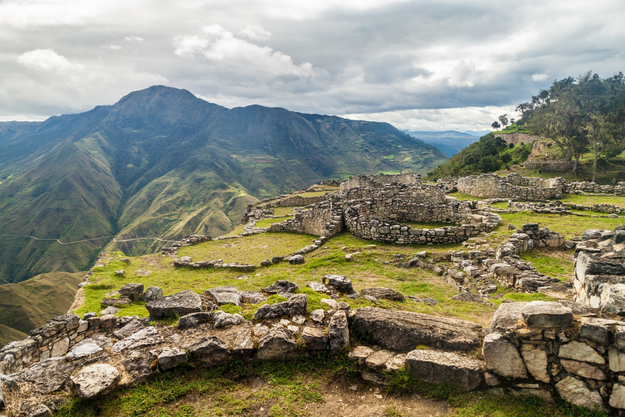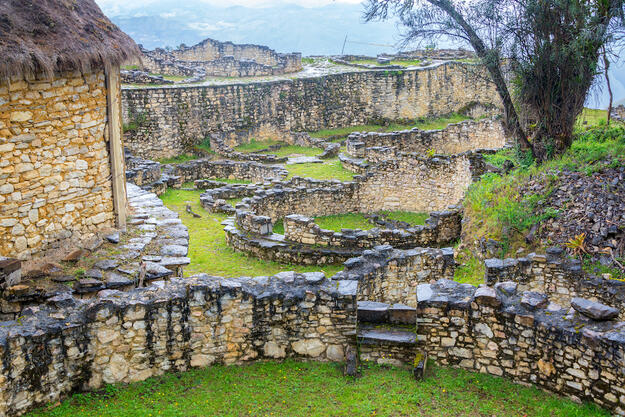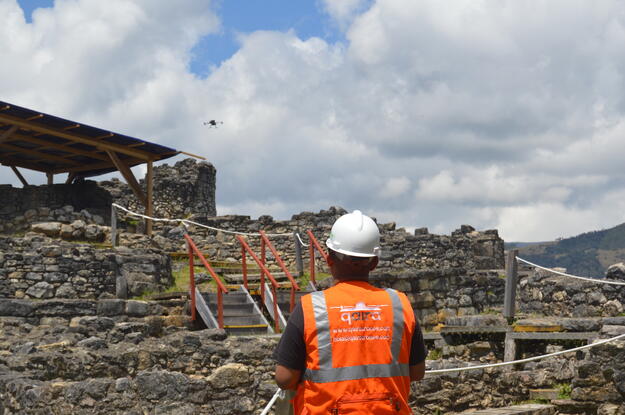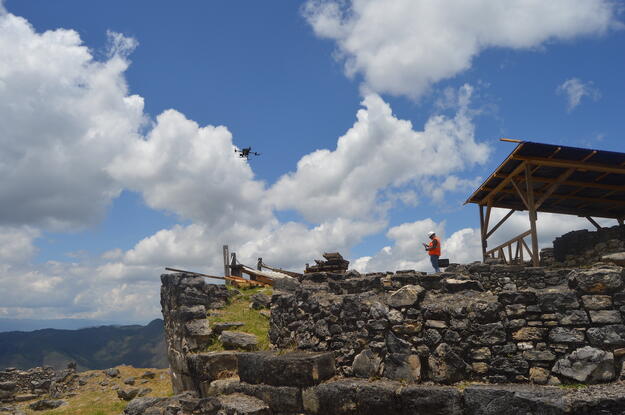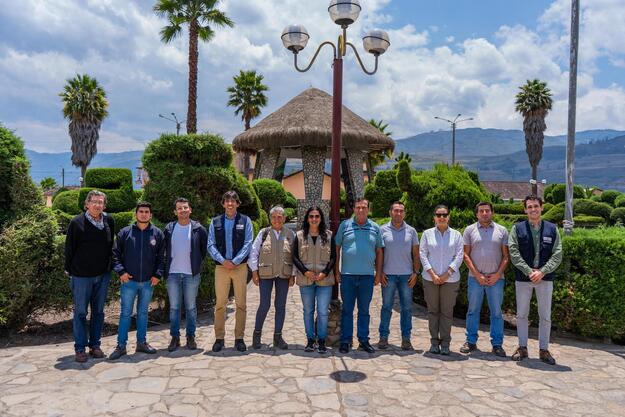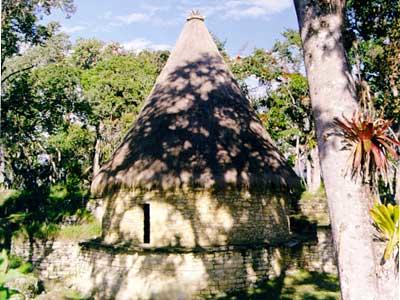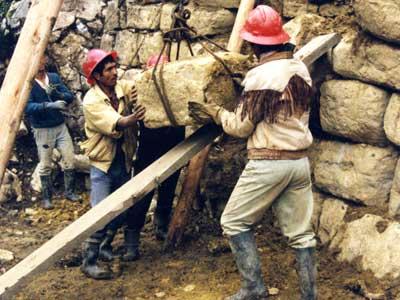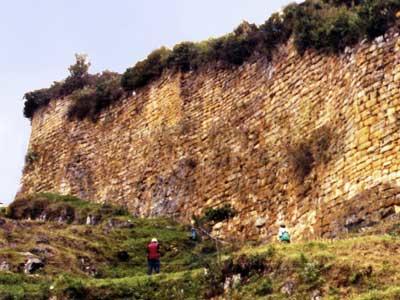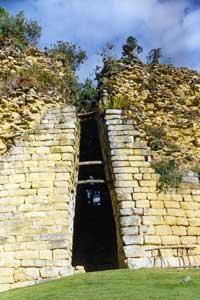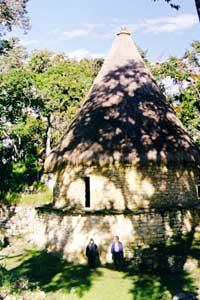Kuelap Fortress
Site History and Significance
One of the Largest Ancient Monuments of the Americas
Kuelap is the largest and most important ancient monument in the northwestern Andes of Peru, an impressive pre-Inca archaeological, religious, political, and administrative center built by the Chachapoya civilization more than 1,000 years ago. The site and its surroundings are visually stunning, its monumental architecture is a true display of power and expertise, and its location, between green cloud forests and deep valleys, offers a tranquil and intimate experience with history and nature.
The settlement sits 3,000 meters above sea level encompassing an area of 5.3 hectares. This majestic site has three entrances and harbors more than more than 450 circular stone dwellings -some of them decorated with geometric friezes- and temples with high relief carvings. The city was built on top of an artificial platform and is surrounded by walls reaching 20 meters tall.
The Capital of the Chachapoya Civilization
Kuelap was the capital city of the Chachapoya civilization, a pre-Hispanic culture that flourished from about 600 AD until the second half of the 16th century when it collapsed due to the Spanish conquest. The architecture and location of Kuelap is superb, and the cult of the dead was present in every aspect of the Chachapoya society, with burials inside the buildings and in their massive surrounding limestone walls. At its height, the city may have had up to 2,000 inhabitants, mostly royalty priests, astronomers, healers, and servants.
Since its abandonment, the conservation state of Kuelap has deteriorated due to lack of maintenance, fires, rain, wind erosion, earthquakes, vegetation growth, and the absence of a sub-superficial drainage system, a situation that is being reverted by a team of experts from the Ministry of Culture and the decisive support of organizations like the World Monuments Fund (WMF).
Kuelap is an open book that tells us part of the history of one of the most advanced civilizations of the Southern hemisphere
Our Involvement
2004 World Monuments Watch
Kuelap was placed on the 2004 World Monuments Watch to call attention to its continuing deterioration and the need for improved tourism planning. After its inclusion on the Watch, WMF and other organizations came together to support a variety of conservation work at the site, with particular attention to the Main Temple (a one-of-a-kind structure in the whole Chachapoya territory), the restoration of the western Sector Alto wall, the installation of a weather station, and the monitoring and evaluation of other significant structures. Stabilization of Kuelap was designed to allow public access with the highest priority given to developing visitors’ circuits that would avoid further deterioration of the site, thus generating an equilibrium between heritage conservation and sustainable tourism.
Heavy Rains Cause Collapse
In spring 2022, Kuelap suffered severe damage from heavy rains in the Amazonas region of northwestern Peru, which caused the collapse of part of the southern perimeter wall.
In response, in September 2022, WMF facilitated the donation of a LiDAR scan service by qAIRa to gather essential data about the archaeological complex and, in July 2023, also installed a weather station on the site. Collecting this data is helping achieve the goals outlined in the Archaeological and Interdisciplinary Research and Conservation Program of Kuelap, directed by archaeologist Jose M. Bastante.
Assesing the Impact of Climate Change
Thanks to the support of emergency funds from the U.S. Department of State through the Ambassador’s Fund for Cultural Preservation (AFCP), WMF supported a structural study of Kuelap led by Dr. Iván Ghezzi in 2023 using satellite radar. The main objective of this study was to detect the deformation of Kuelap’s structures over time, helping identify the site’s most vulnerable areas and allowing for a better understanding of the changes at the site. The study’s results have shown that one of the leading causes of the perimeter wall’s disintegration was the extraordinary rains that occurred between 2018 and 2022. This indicates that climate change is one of the major causes of this collapse.
Learn More
World Monuments Fund safeguards cultural heritage around the globe, ensuring our treasured places are preserved for present and future generations.
Sign up for our newsletter to receive regular updates on our projects, stories from the field, upcoming events, and more!
![]()
World Monuments Fund’s work at Kuelap Fortress has been made possible, in part, by The Selz Foundation and the U.S. Embassy Lima.

